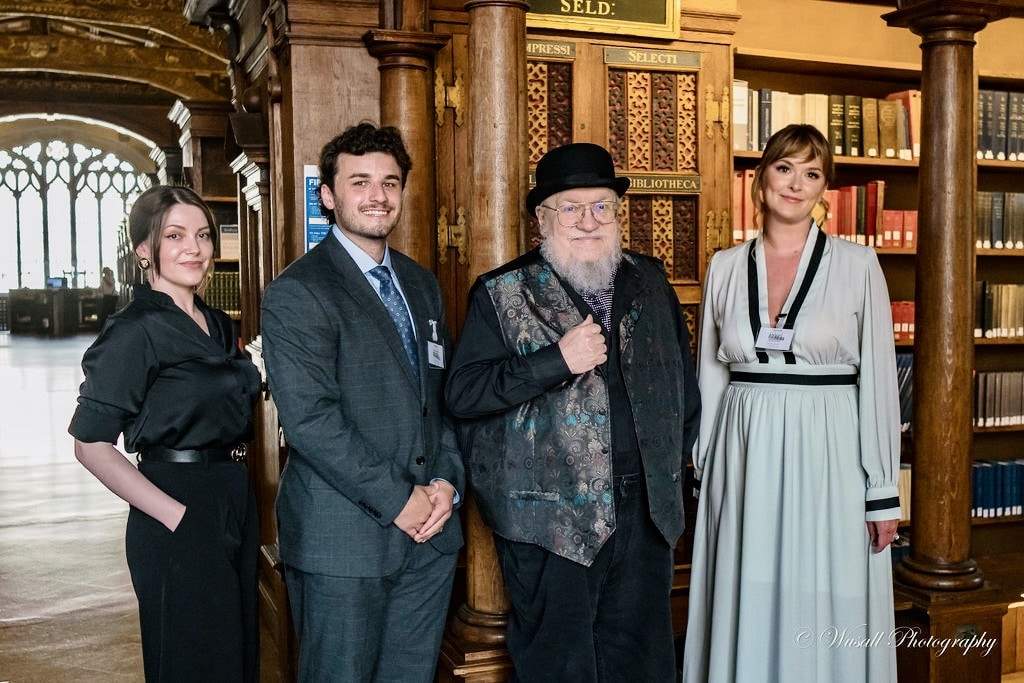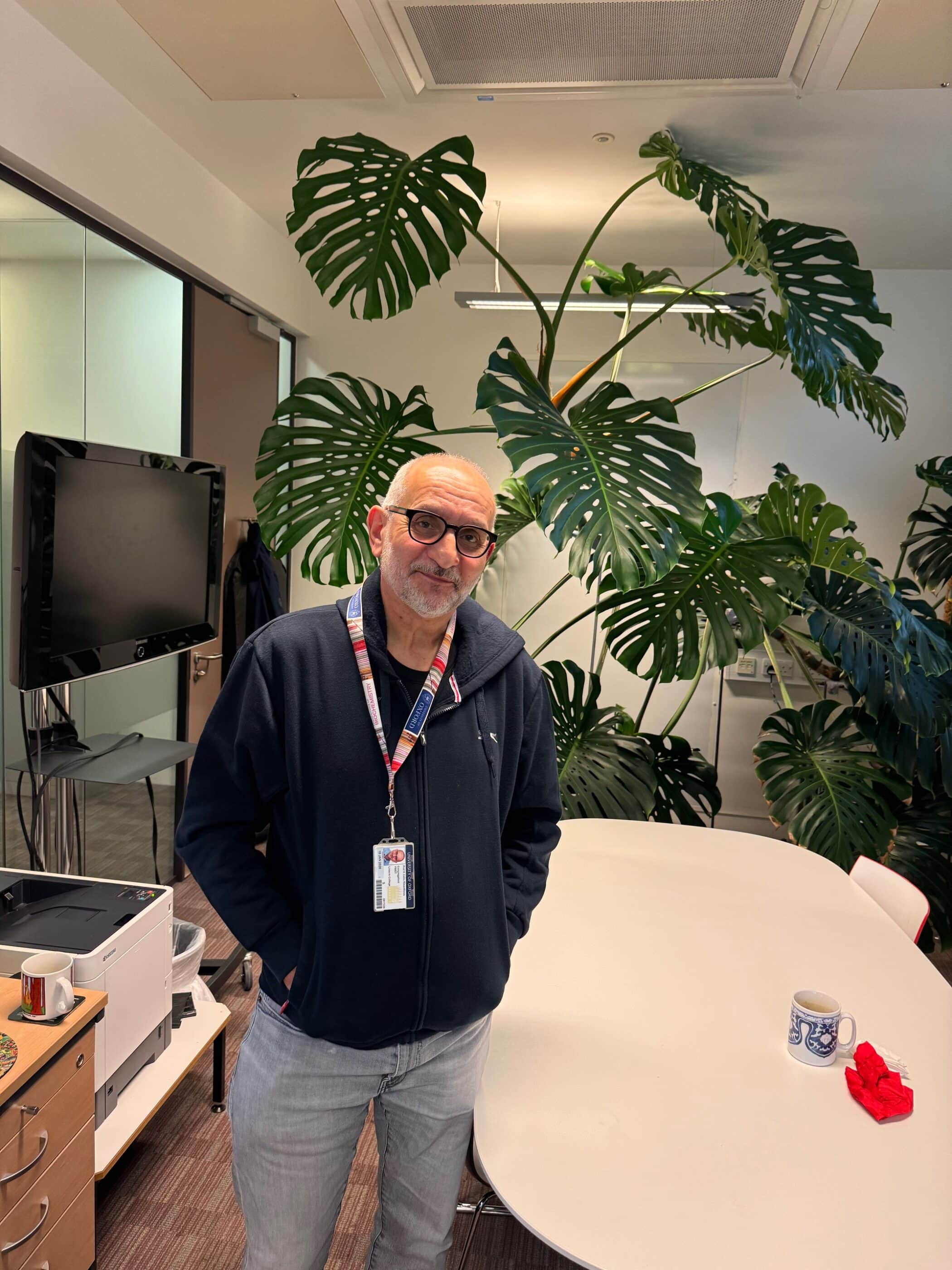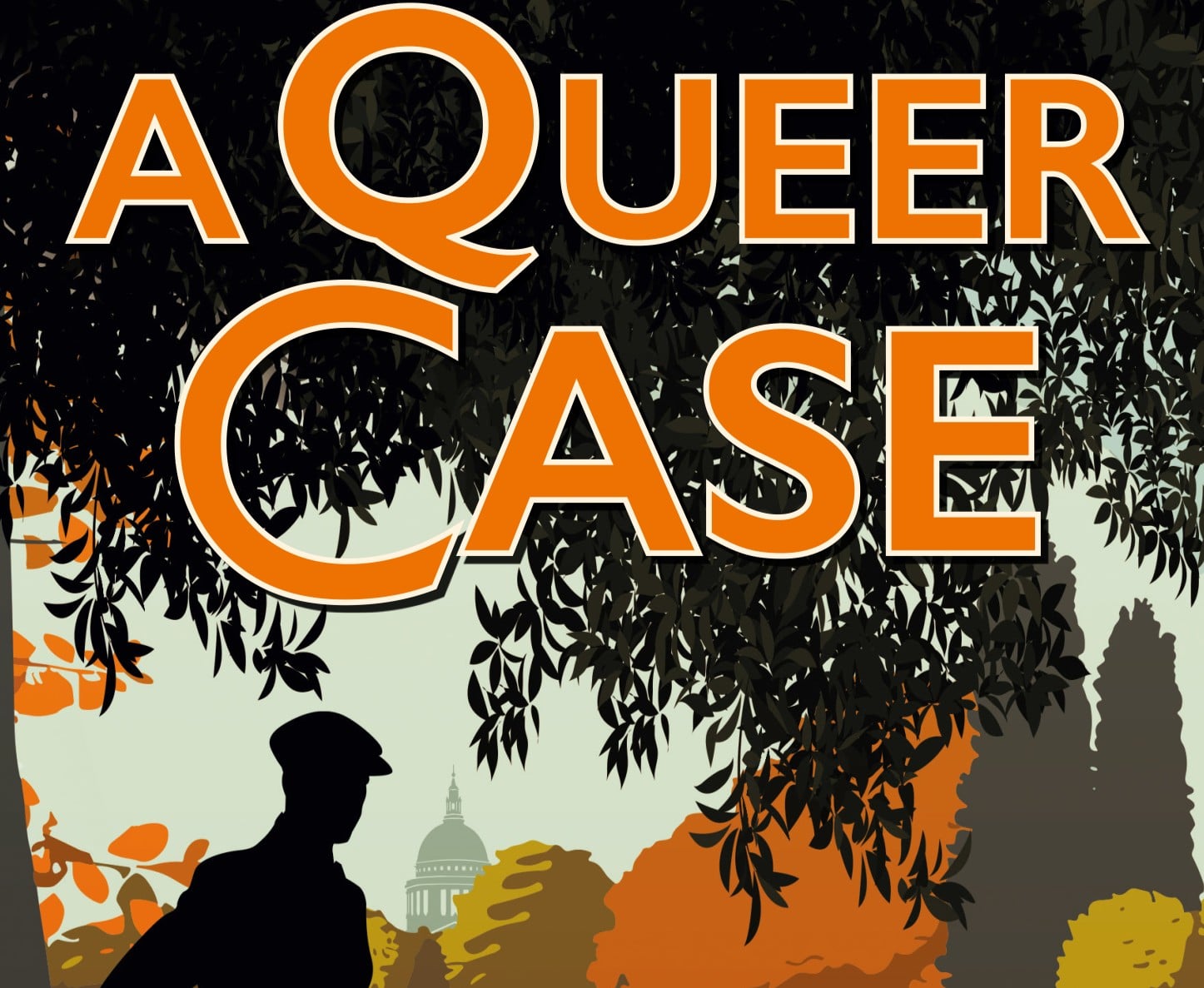George R.R. Martin is an American author, screenwriter and producer. He is best known for the epic fantasy novels ‘A Song of Ice and Fire’ which were adapted into the Primetime Emmy Award winning television series Game of Thrones and its prequel series ‘House of the Dragon’. On 2nd August, Linacre MPhil student Griffin Gudaitis was delighted to host Martin on behalf of the Oxford Writers’ House as he spoke at the Sheldonian Theatre. The Sheldonian was packed with an audience of five hundred people from across the globe who were fascinated to hear George talk about ‘Writing Fantasy’ with Professor Carolyne Larrington.
Before the event, Griffin accompanied George on a unique tour of the Bodleian. They walked through the Duke Humphries Library, perusing the old and yellowed tomes that are chained to the bookshelves. In the Weston Library, Tolkien Archivist Catherine McIlwaine led them through a display of Tolkien items, including his original manuscripts of Lord of the Rings. Griffin said of the experience;
“George and I, both huge Tolkien fans, marvelled at Tolkien’s original works. We saw Tolkien’s artistic creation of the Book of Mazarbul. It is the same book that Gandalf reads from in Moria in the film, The Fellowship of the Ring. The last page of the book was on display for us, its script written in Darwish Runes. We learned that the holes Tolkien burned on the page were with his own tobacco pipe in an effort to facilitate realistic damage to worn medieval manuscripts. We also saw an original sketch of Helm’s Deep, which Tolkien drew in colored pencil on one of his students’ essays. Perhaps Tolkien saw a better use for his student’s paper!
Perhaps the strangest thing was that I seemingly had studied for this moment. In the first year of my MPhil, I took a codicology test, where I had to identity and transcript various medieval hands across the 650-1550 period. When I saw Tolkien’s papers, I saw everything that I had studied in class: the stretching of calfskin to create vellum for medieval manuscripts, the alignment, ruling, and layout of the folios; the team of scribes and illustrators that worked together on illuminated manuscripts. I put my knowledge from class to work!”


















